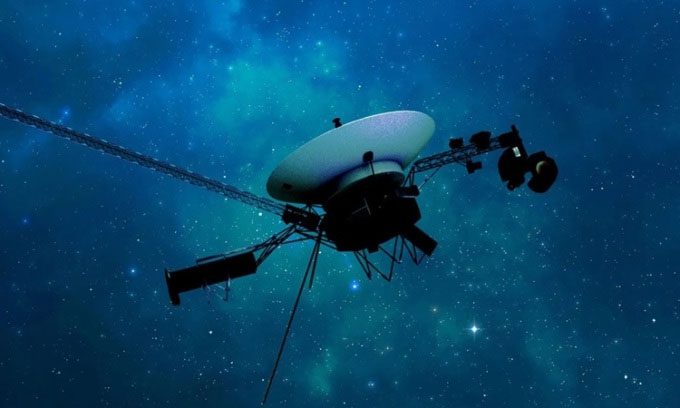Voyager 1 has been transmitting nonsensical data since late November last year due to a chip on board that may have been hit by high-energy particles.
For the past five months, Voyager 1 has been sending unreadable data back to Earth. Previously, the 46-year-old spacecraft was transmitting regular radio signals as it drifted further away from the Solar System. However, in November 2023, the signals suddenly became distorted, meaning scientists could not read any data from the spacecraft, and they were uncertain about the source of the malfunction.

Voyager 1 traveling through interstellar space. (Photo: NASA).
In March 2024, NASA engineers sent command signals to the spacecraft to retrieve information from the Flight Data Subsystem (FDS) of the spacecraft. This system packages the scientific and engineering data from Voyager 1 before it is transmitted back to Earth. After decoding the spacecraft’s response, the engineering team identified that the problem was due to a faulty memory in the FDS, Live Science reported on April 5.
“The engineering team suspects that the chip responsible for storing part of the FDS memory is malfunctioning,” NASA announced. “The engineers cannot definitively determine what caused the issue. It is possible that the chip was struck by high-energy particles from space or simply became outdated after 46 years.”
Although it will take several months, NASA engineers are finding ways to operate the FDS without the damaged chip, restoring the spacecraft’s ability to send signals and allowing it to continue transmitting readable information from beyond the Solar System.
Since Voyager 1 was launched on September 5, 1977, it has traveled far from the Sun at a speed of approximately 17 km/s. Voyager 1 officially entered interstellar space in 2012, becoming the first spacecraft to achieve this feat. It is currently the most distant human-made object from Earth.


















































